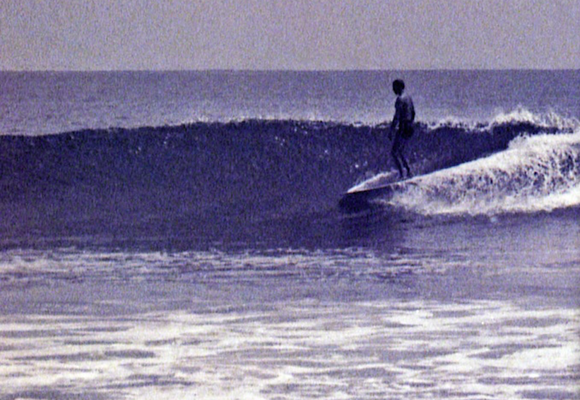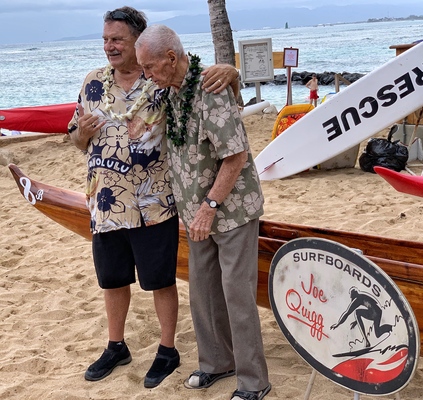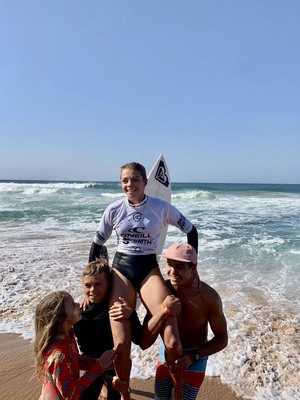Every man and his dog – or at least those of us over about 55 – will be having a piece of this over the next couple of weeks, so I thought I’d get in ahead of the rush. Who remembers what they were doing when a man named Armstrong walked upon the moon, 50 years ago next week?
The Apollo 11 moon landing is one of those rare moments in history that embed themselves in the memory for life for all the right reasons – a triumph rather than a tragedy. Yes, I can remember where I was and what I was doing when President Kennedy, Martin Luther King and Bobby Kennedy were assassinated, when Harold Holt drowned (or was kidnapped in a Chinese mini-sub) at Cheviot Beach, and when the planes hit the Twin Towers on 9/11. But the good stuff, not so much.
Of course, you can argue that the race to space became the race to weaponize the solar system, or if you want to be really silly you can argue that the moon landing never happened. But if you were around back then, you can never forget how amazing those scratchy images were, beaming out of our little black and white televisions on the sunny winter Monday afternoon of July 21, 1969. When Neil Armstrong and then Buzz Aldrin clambered out of the landing craft in their ridiculous spacesuits and made that “one great leap for mankind”.
I was in my final year of school and about to sit the trial Higher School Certificate, but during the morning history class, our English and history master, Fred Starling, announced that all of fifth and sixth form were being given the afternoon off so that they could watch the moon landing from home, but our small group of first level history students were invited to a sandwich lunch followed by the moon viewing at the Starling home, about halfway between the school and the beach.
Perfect. The wind was blowing hard offshore into a rising ground swell. I’d ridden my bike down to check it before school, but in the dead of winter there was never quite long enough to fit an early session in. Now, Fred Starling and NASA were providing us that opportunity.
We were paddling out through the channel into empty overhead barrels within 15 minutes of the lunch hooter sounding, and we surfed our brains out for the next hour. Fletch paddled over to me between sets. “What time’s this moon walk supposed to happen?” I thought they’d said one o’clock, but what time was it now? I said I thought we’d better go in, right now. Another set loomed. Right now, after this one.
Our long hair wet on our collars and salt water dripping from our nostrils, we snuck into the Starling living room just as Buzz Aldrin climbed out to join his mate. All eyes were glued to the TV. No one seemed to notice. Then Fred Starling’s imperious tone filled the room: “Time waits for no man. Fletcher, Jarratt, so glad you could join us for at least part of history in the making.”
Happy birthday, Joe Quigg
Some years ago in Hawaii for one of Randy Rarick’s magnificent surfboard auctions, I had the great good fortune to meet and spend some time in conversation with two of the forgotten heroes of surfboard design – Joe Quigg and Matt Kivlin. Born a few years apart in the 1920s, these two Malibu surfers and pioneer designers (Kivlin had a stellar career as an architect, as well as his fame as a surfer) revolutionized California surfing in the late 1940s and early ‘50s by bringing home Rabbit Kekai’s “hot curl” designs and adapting them to mainland conditions.
Tall, handsome Matt Kivlin was the better test pilot, standing tall and flicking his hot curl around at Malibu, but Quigg was a design genius, taking the traditionally flat surfboard and giving it a kick at nose and tail – a fundamental breakthrough, later known as “rocker”, that would take surfing into a whole new realm.
Matt Warshaw wrote in his Encyclopedia of Surfing: “In 1947, Quigg built a balsa-redwood board for Darrylin Zanuck, the daughter of Hollywood mogul Darryl Zanuck, that was thinner and lighter than anything yet seen; the 25-pound ‘Darrylin board’, as it was called, got passed from one Malibu surfer to the next as the hottest-turning board on the beach, and thus became a prototype for the popular Malibu chip board.”
Matt Kivlin was one who rode the Darrylin and it inspired him to produce his own “girl boards” for the Gidget generation. Together, Kivlin and Quigg helped launch the California surf boom of the 1950s, that was soon to spread around the world.
That day in Ala Moana, Kivlin was the smiling elder statesman, Quigg the grumpy backroom boy, and neither of them was giving much away, until over one of those endless cups of weak coffee at a corner café, they opened up about their shared history and I sat there entranced.
Matt Kivlin passed away not long after that, but Joe Quigg still lives in a care facility in Hawaii, and my friend “Baby Dave” Rochlen sent me a few photos this week of the celebration of Joe’s 94th birthday at the Outrigger Canoe Club. Happy birthday, Joe!










